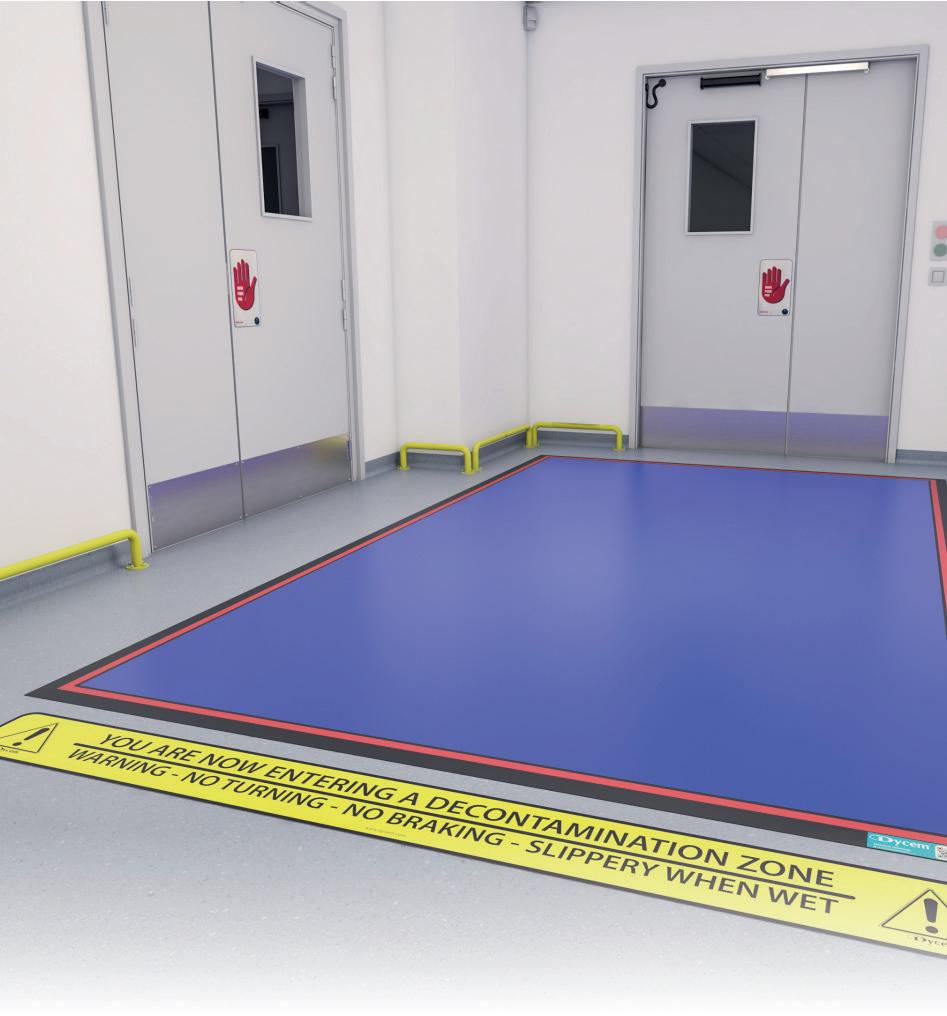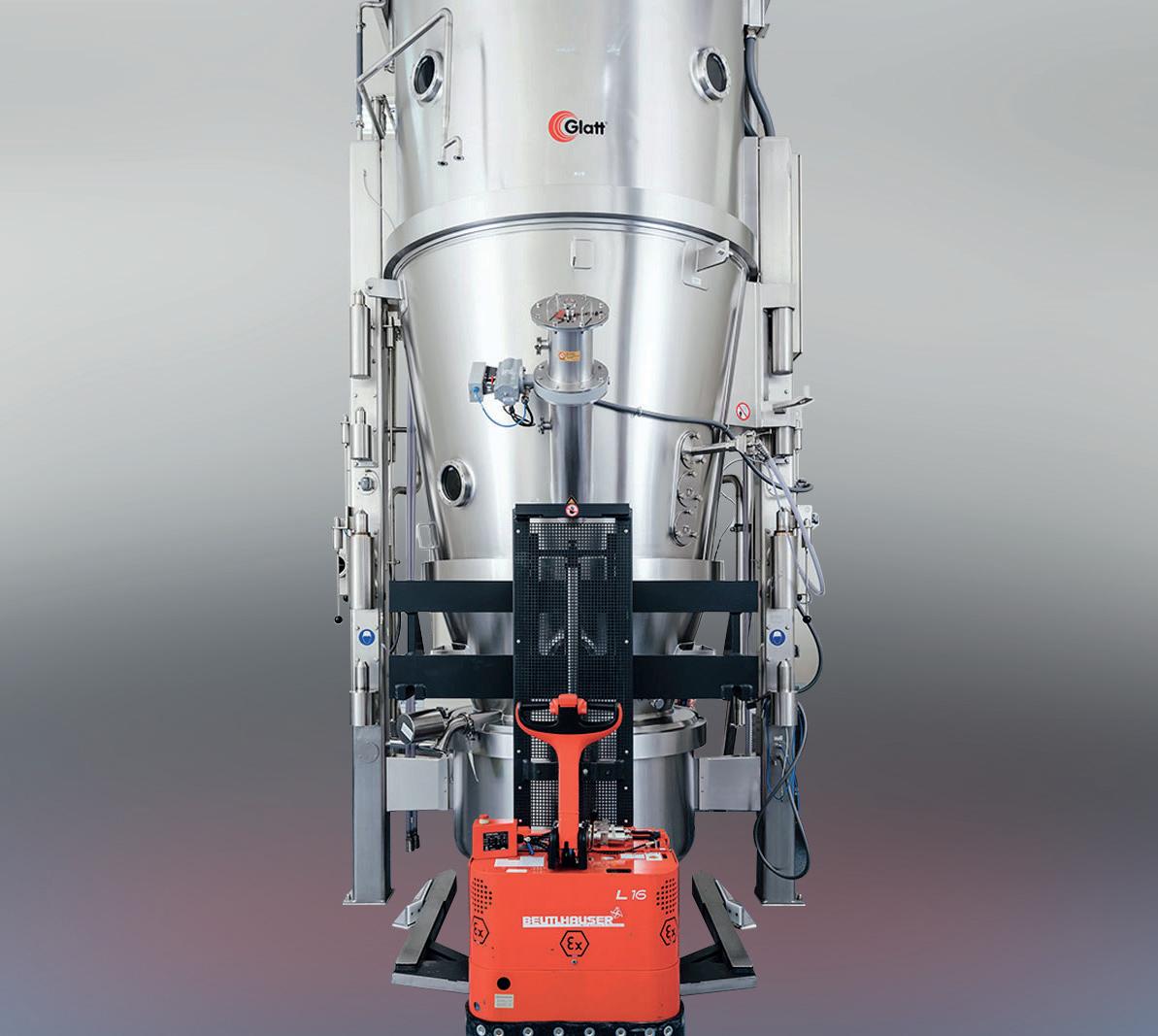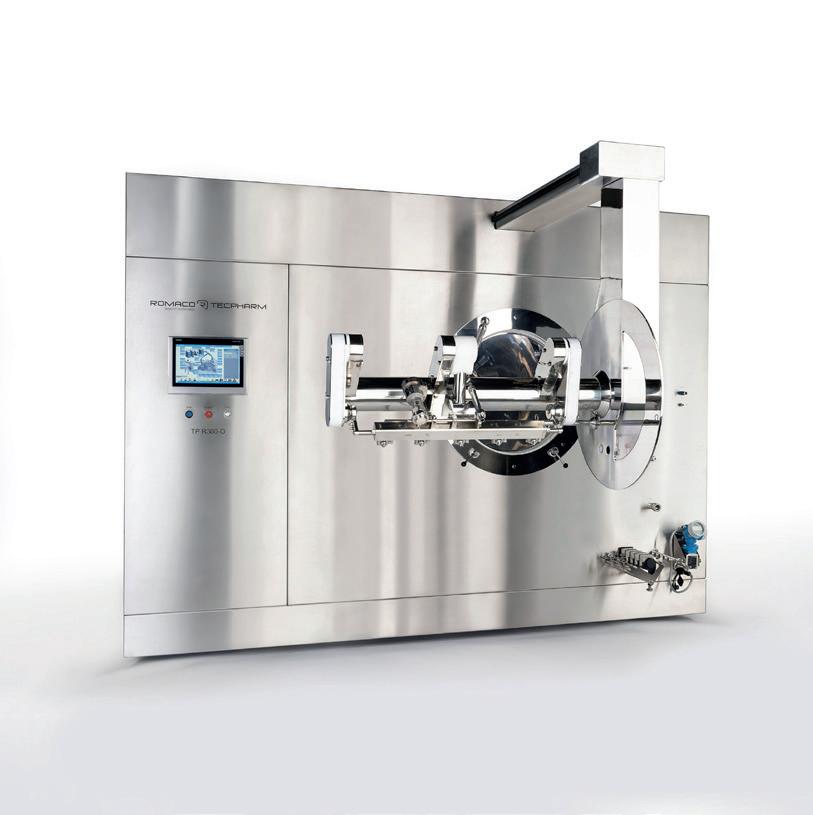
5 minute read
R&D REVOLUTION: A NEW PARADIGM OF SOURCING AND LANDSCAPING FOR THE PHARMA INDUSTRY
from EPM July/August 23
by EPM Magazine










Author: Dr Robin Knight, co-founder & Co-CEO of IN-PART, discusses the emerging importance of outsourcing ‘landscaping’ activities within the pharmaceuticals industry and the benefits of adopting an openly innovative approach that pools sources of innovation from a wide variety of areas.
In the dynamic world of biopharmaceuticals, where groundbreaking discoveries emerge at an unprecedented scale, larger, more established pharma companies are finding themselves in an unfamiliar and precarious position. As nimble biotech start-ups and university spinouts enter the market backed by significant investment and astonishing financial rounds, big pharma’s competitive edge could be under threat.
Many newcomers have the distinct advantage of being able to pivot in response to market and patient demands, and quickly adopt the latest technologies such as genomics and artificial intelligence to capitalise on emerging trends and scientific breakthroughs. That is why top technology venture capitalist firms continue to throw big money into life science start-ups. They can map out research opportunities at speed and at scale, take hidden treasures to clinical trials faster, all while being more open to and adept at forging fruitful partnerships with academic institutions around the world.
To remain at the top of their game and flourish at a time of fierce competition, wellestablished pharma firms need to embrace and adapt to the disruptive potential of start-ups and spinouts and be on the ball when it comes to finding new opportunities and nurturing interdisciplinary collaboration.
Looking Beyond The Walls
With the pharmaceutical industry being highly R&D intensive, it is true the next project, drug trial, or innovative therapy could be ‘just around the corner.’ But rather than taking the saying literally and only searching within academic institutions in close geographical proximity, established pharma companies need to widen their net and adopt a more global outlook to find the right collaborator that will help give them that competitive edge.

There have been many great and long-term corporateacademic collaborations in biomedical sciences, for example, Harvard University and Swiss pharmaceutical company Novartis developing biomaterial-based cancer immunotherapy technology, and on another occasion together with the Broad Institute, they collaborated on research to find out how Zika virus attacks the brain of developing foetuses. A researchintensive pharmaceutical company based in Germany teamed up with Newcastle University a few years ago to triage proprietary early-stage compounds for the treatment of fibrosis.

When traditionally R&D teams and technology scouts would go out to conferences, book meetings in-advance with academic representatives to discuss projects and read countless medical journal articles to identify new opportunities, today’s challenges of stretched budgets and human resources can endanger the effectiveness of those approaches. Whilst it is certainly still important to ‘get out there’ and have a presence in the physical spaces of partnering, scouting for new opportunities in person may not be possible at the same desired frequency. And it is certainly not scalable. Not to miss an innovative solution to a priority disease for cost and time reasons, pharma companies need to adopt an approach that pools sources of innovations from a wider variety of different areas.
The Evolution Of Outsourcing
Outsourcing landscaping and scouting activities within the pharmaceutical industry is emerging as the most promising, efficient approach to identify hidden gems at scale. By leveraging the expertise and agility of external entities such as universities and biotech companies, biopharma R&D teams can significantly save time and resources by streamlining the process of identifying potential collaborations. Outsourcing can involve engaging specialised agencies, consultants or technical offices who solely focus on the task of research scouting on behalf of biopharma firms, but it can also entail pushing out global calls for research on online channels, forums and platforms.
Organisations that embrace the outsourcing ‘open innovation’ approach online can reap a wide range of benefits, such as increased efficiency and faster access to specialised crossdisciplinary expertise. Outsourcing facilitates a more diverse portfolio of R&D projects at various stages of development, making biopharma firms one step closer to taking the next viable medicine breakthrough to market. This includes clinical trials or providing valuable connections to novel research that may have been inaccessible.



Being proactive and outsourcing landscaping and scouting activities means established biopharma organisations can always have their finger on the pulse and comfortably compete with agile market newcomers. It also helps to mitigate risk as engaging external partners in the process means they can conduct due diligence and thorough evaluations of potential research opportunities, including scientific validity, market potential, commerciality benefits, intellectual property landscape and legislative considerations. This helps to mitigate risks and reduces the likelihood of investing resources in collaborations that won’t align with a biopharma firm’s goals or vision.
Collaboration Is Essential To Innovation In Pharma

New collaborations between academia and pharmaceutical companies are an opportunity to spearhead breakthroughs and combat a variety of global health challenges and unmet medical needs. The most successful partnerships are built around a common goal and similar ambitions or outcomes in mind. Clarifying priorities early-on helps to avoid unnecessary back-andforth or misunderstandings when it comes to timeliness or frequency of communication and puts the differences in working cultures behind for the good of science and patients.
Given the dynamic nature of drug discovery and development, the approach of outsourcing landscaping activities exposes well established biopharmaceutical companies to faster innovation in potentially life-saving strategies. By embracing and reviewing a global pool of knowledge, they have much more insight to work from, heightening the chances of achieving meaningful progress, be it a new treatment for rare diseases or a faster diagnostic for cancer. With nimbler biotech start-ups already open to global partnerships and accelerating the creation of life-changing medications, well-established pharma companies cannot afford to fly solo, or too locally, for much longer if they are to remain competitive and contribute to solving significant human health issues.
Film coating is an important stage in the manufacture of pharmaceutical tablets, powders and granules. In addition to controlling drug release, it can be used to mask bitter tastes, enhance product appearance, appeal, and the colour. Film coating is mostly opted for to help identify and enhance a market brand. All these factors improve patient compliance.
Coating also improves a product’s stability and shelf life. Considered a vital process, coating reduces the abrasion of the extremely fragile surface of an uncoated tablet, and therefore also helps to mitigate dusting of the product during handling, packaging, and dispensing.
Film coating is widely used in the pharmaceutical and nutraceutical sectors and has largely replaced the once popular but labourintensive sugar-coating process, because it offers far greater flexibility. Smart coaters are widely used for film coating. These have been popularised over other conventional methods of pan coating.
Critical Process Parameters
Film coating is a complex process. It involves the spraying of coating dispersion with specialty polymers, pigments and plasticisers. In the smart coater spray, nozzles spray coating dispersion on to the rolling tablet bed in the perforated coating drum to achieve a thin, uniform film coating. The requirements of the drug release and release rates determine the choice of coating formulation.
The critical process parameters in the coating include:
• Inlet temperature and relative humidity of process air
• Spray rate & pattern
• Atomisation air pressure
• Revolutions per minute (RPM)
• Airflow across the tablet bed
The spray pattern, coating dispersion droplet size, and nozzle configuration are important aspects of the coating process. Precise control of these parameters is crucial to achieve uniform coating on the substrate. A concurrent flow of heated, clean process air assists in the controlled drying of the coating.
The spray rate, in conjunction with atomisation air pressure control the droplet size and droplet size distribution of spray, ensuring that it is not too large or too fine to cause defective surface coating. If the droplet size is small and fine, it will air dry too quickly and generate dust.










